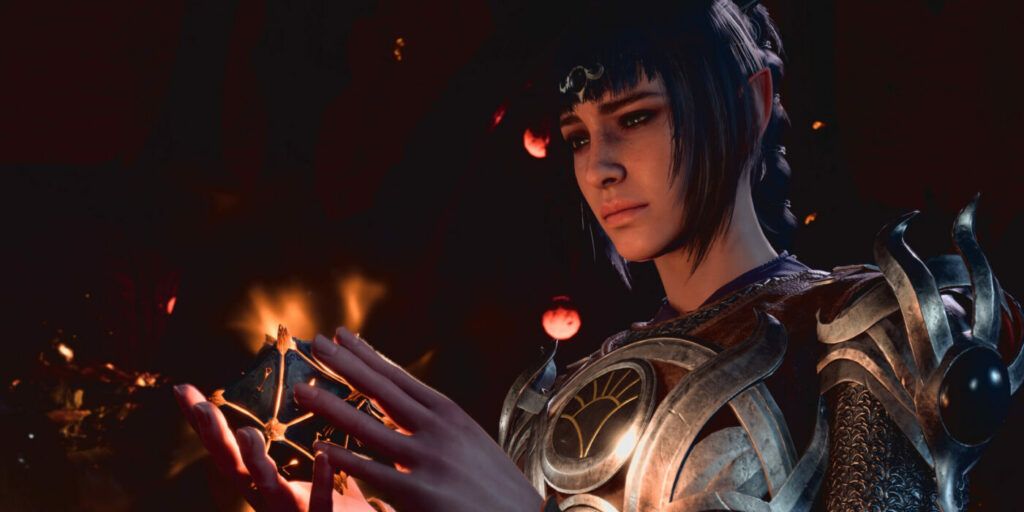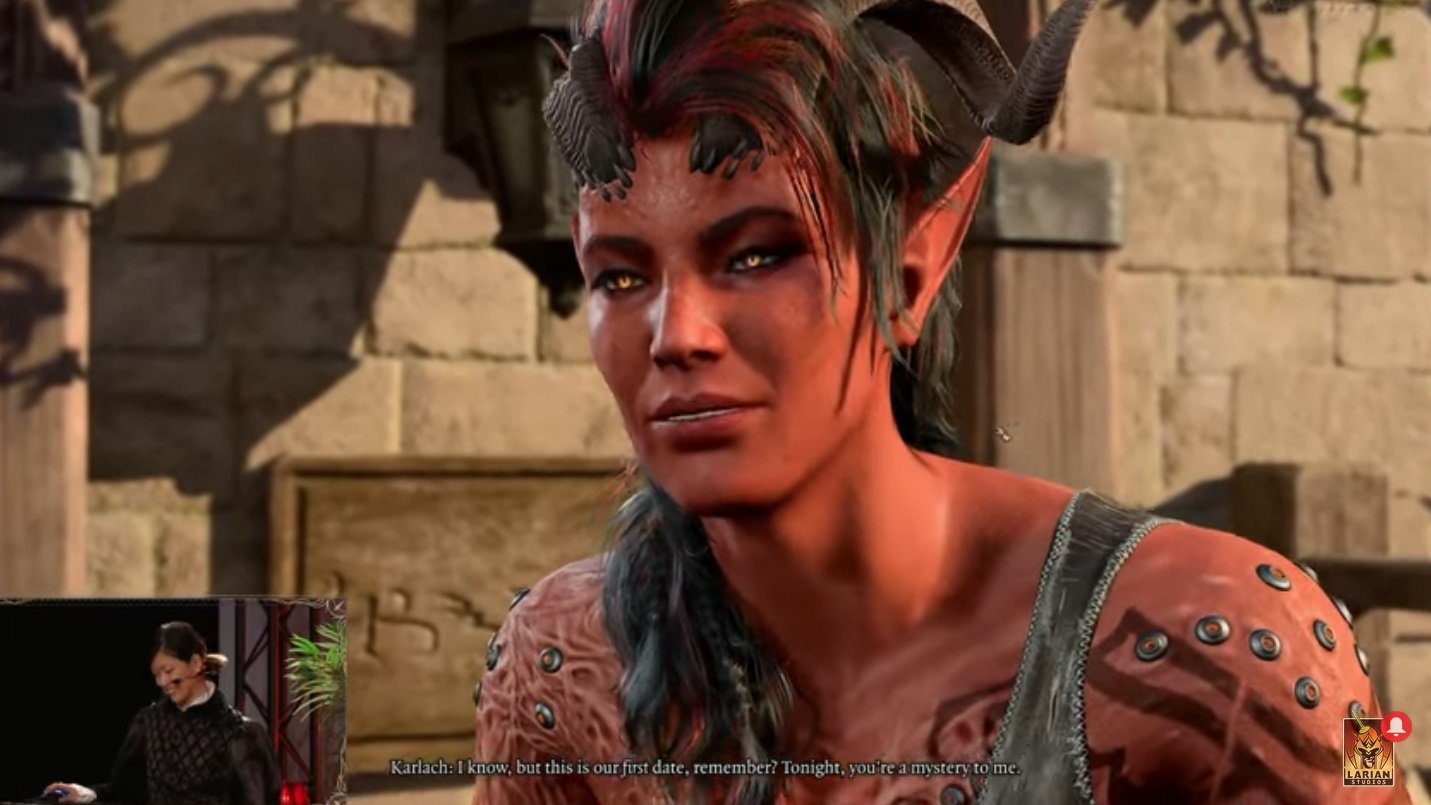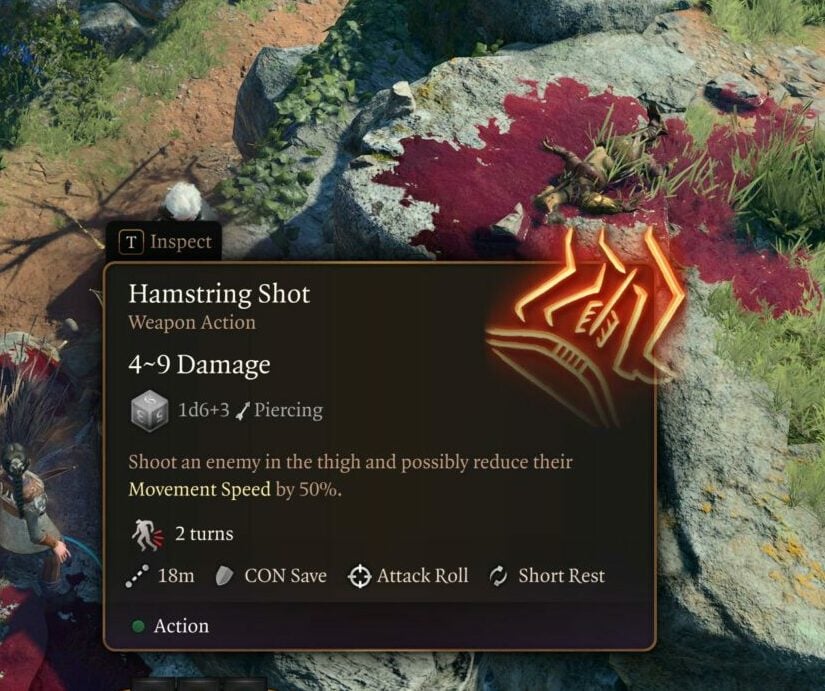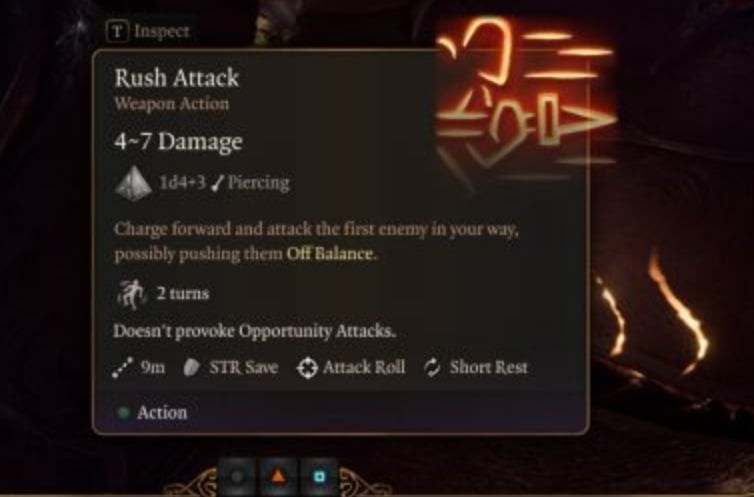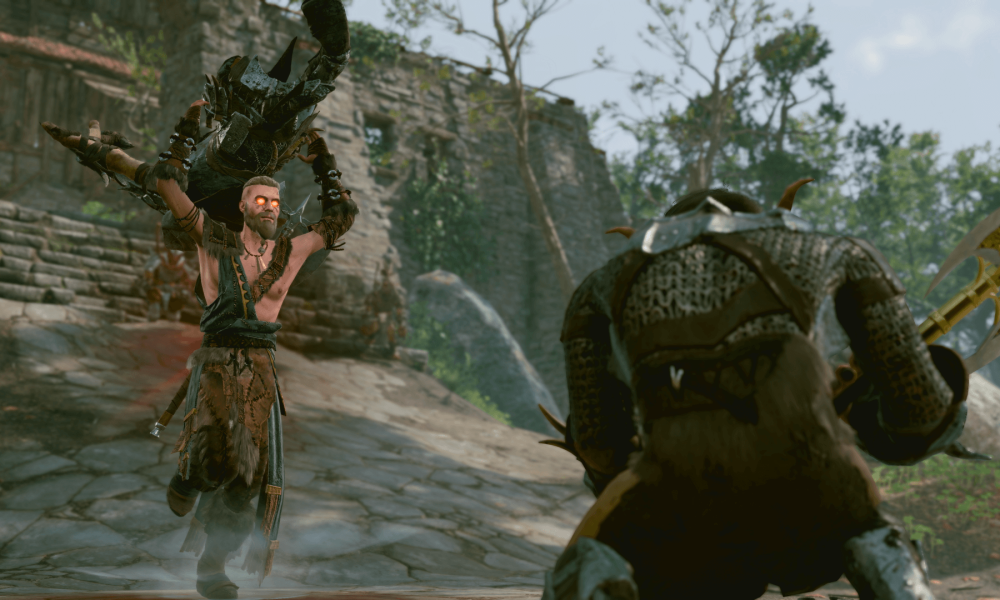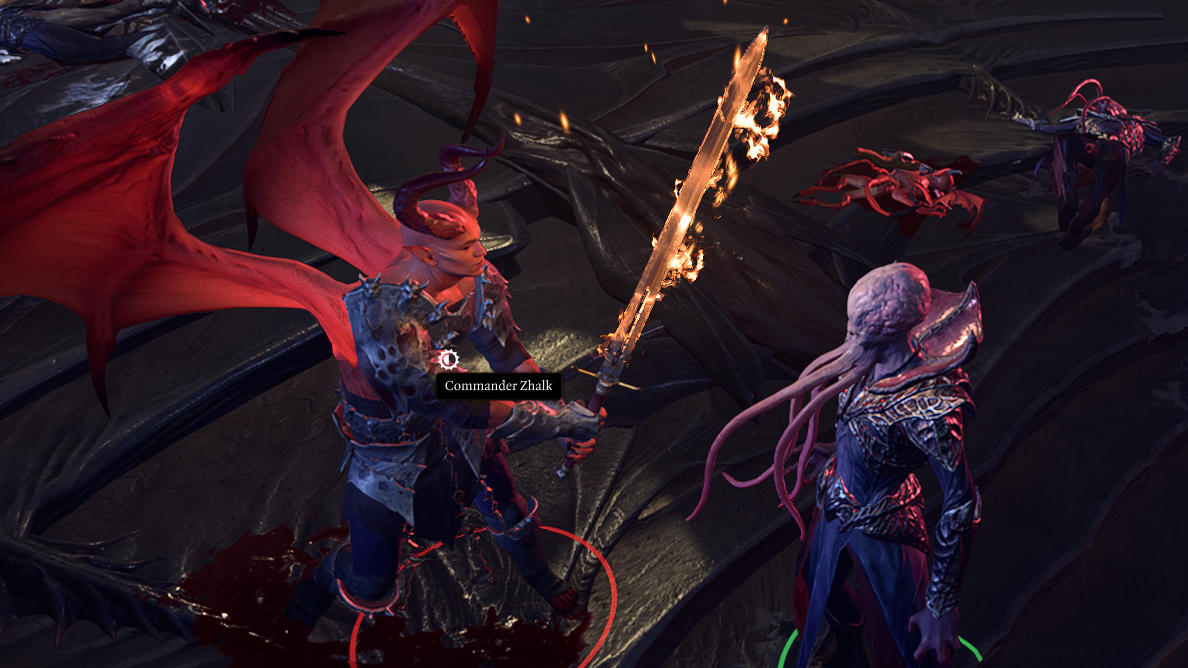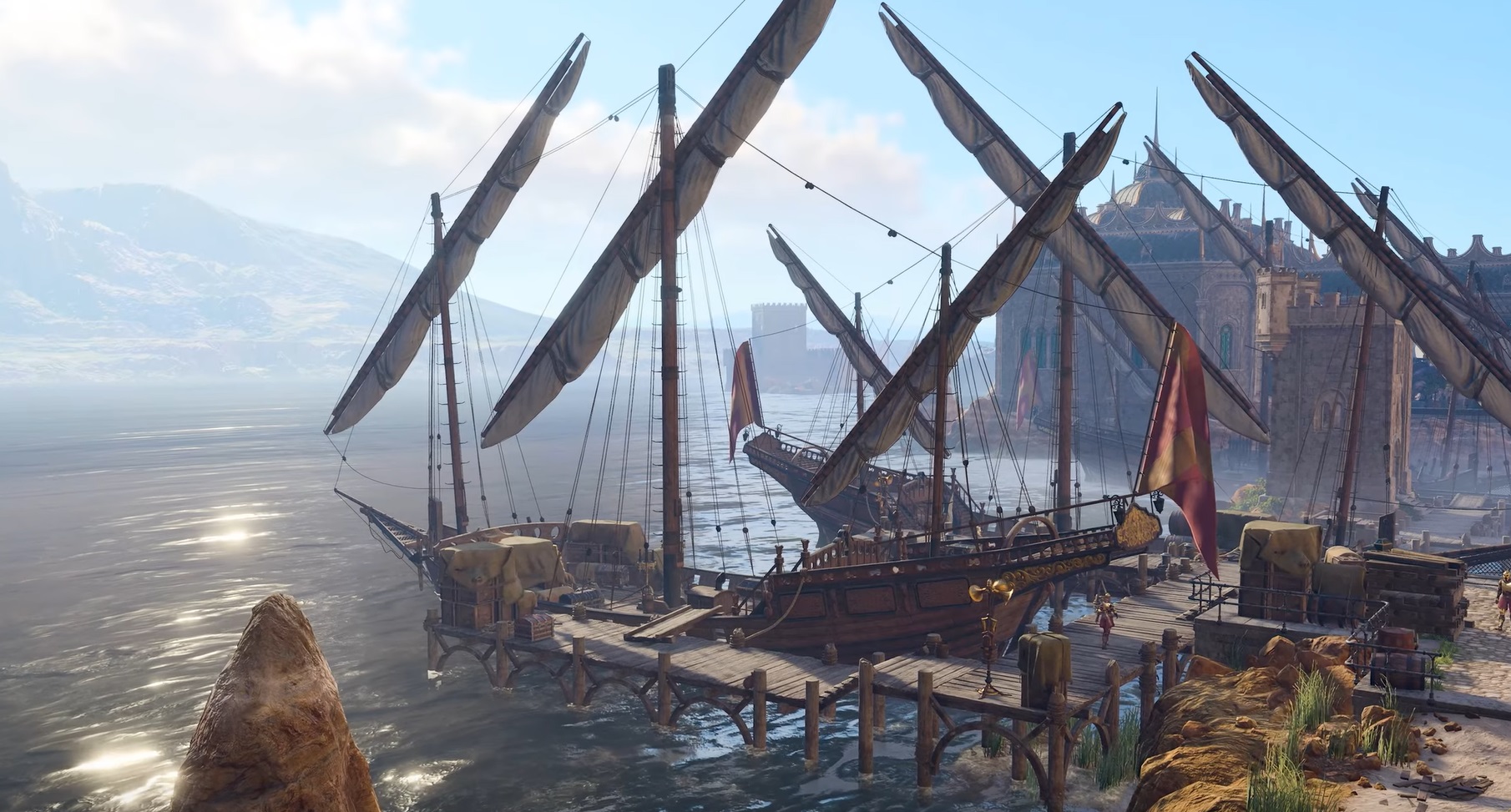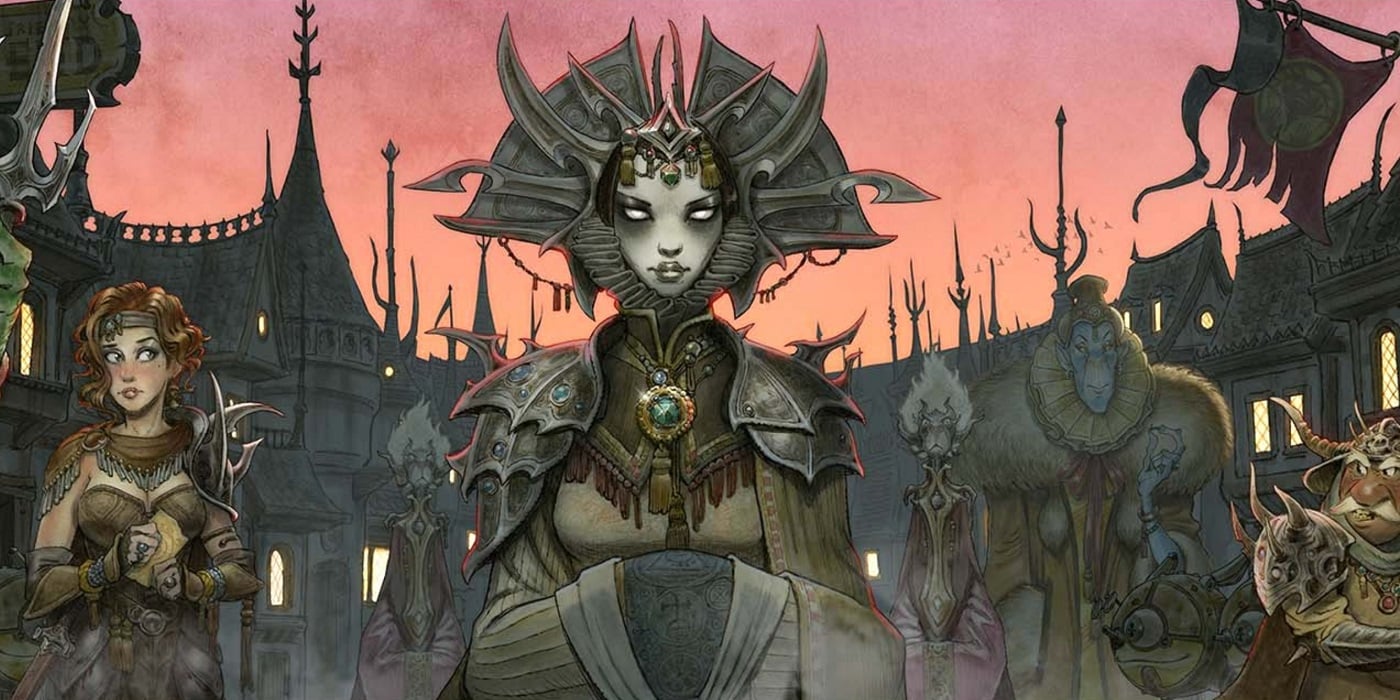‘Baldur’s Gate 3’ Does D&D Better Than Actual D&D – That Could Be a Problem
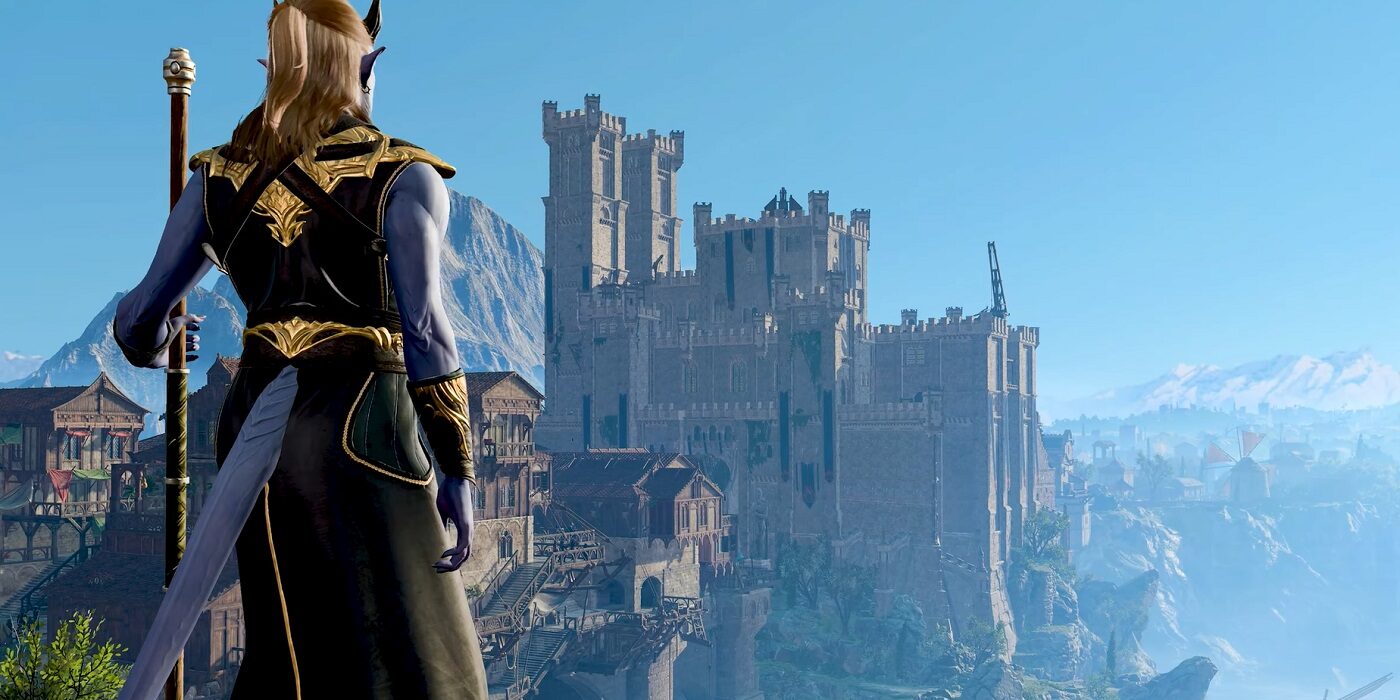

Baldur’s Gate 3 is a legit masterpiece of a game that makes D&D 5th Edition feel so much better than the ruleset actually is.
Baldur’s Gate 3 is quickly shaping up to be the “friend they told you not to worry about” of D&D Editions. Because while WotC is trying to find its feet for the 5th Edition to One D&D transition, Baldur’s Gate 3 has been absolutely killing it with its iteration. If you’ve played the game you know exactly what I mean.
Inside Baldur’s Gate 3 is a rule set that yearns to be free. That takes much bigger swings because they can deviate away from the core of what a D&D idea is. In a nutshell, Baldur’s Gate 3 doesn’t have to worry about “feeling too game-y” because it’s already a game. And in that freedom comes so much cool stuff that, in all honesty, makes the changes we’re seeing in One D&D feel much too small and much too limited.
Baldur’s Gate 3 – Exploitable Differences
Now before we get into it, there are so many ways in which these things aren’t equivalent. Baldur’s Gate 3 just has to balance the rules to fit their own specific adventure, making each encounter fit. They play a little rougher than most tables will be familiar with. But they also don’t have to worry because a party wipe just reloads your last game and dead party members can come back at the drop of 200 gold. Or any number of scrolls of revivify. And also, it limits your party to 2 Short Rests per every Long Rest, so there are not infinite potential uses. Especially since there’s a theoretical limit on Long Rests in BG3.
For all its mastery of storytelling and for all the innovations, Baldur’s Gate 3 might be set in D&D’s world, and you might be rolling skill checks, but at the end of the day, you’re playing a video game. And that means you’re guaranteed to “win.” Maybe you don’t get the exact ending you want, sure, but that’s what save scumming is for. It’s less “will you succeed” but more “what path do you take to the end of the story.”
And that’s why I don’t think Baldur’s Gate 3 or video games in general, could ever replace roleplaying games. They’re a limitless media. But, even with all that in mind, Baldur’s Gate 3 still does a lot of stuff that would make playing D&D feel much better than it does now.
The biggest example, the most visible difference, which you’ll find in the first five minutes out of character generation, is in what weapons do.
BG3 Makes One D&D’s Weapon Mastery Look More Like Weapon Disastery
In Baldur’s Gate 3, picking up a weapon that you’re proficient with immediately unlocks new options for your character, even for characters who famously don’t tend to use weapons, like Wizards and Sorcerers.
Pick up a greatsword and your character unlocks three attacks: Pommel Strike, Lacerate, and Cleave. Each ability does something extra, Cleave hits multiple targets in an arc, Lacerate makes a target bleed, Pommel Strike does less damage, but is a bonus action and might daze your opponent, making it easier to hit them.
Each of these attacks can only be used once per short rest, but they are so much fun to use. And they come in clutch in difficult situations. Those of you playing on Tactical Mode know. If you aren’t, Tactical Mode is the hardest difficulty and rewards creative and excessive use of mechanics that inflict conditions. You can, for instance, as a first-level party of four, potentially take on a CR 8 monster. Multiple, actually, if you stack your deck. More on that in a minute.
But for now, these additions really make combat in Baldur’s Gate 3 sing. They’re the kinds of stuff that new players to D&D inherently want to do. I speak from personal experience, introducing D&D to new players, one of the things that comes up surprisingly often is “can I just attack them both? I have a big sword.” And Baldur’s Gate 3’s answer is yes. Where D&D (even One D&D) answers “no.”
In fact, One D&D takes much more furtive, cautious steps. And suffers for it. In comparison, weapon masteries like Flex let you… deal 1d10 instead of 1d8 when using a longsword one-handed. And the One D&D version of Cleave is just “make an extra attack that hits one extra creature, but don’t do any extra damage”. It’s way less dramatic. It’s less exciting. And worst of all it feels bad in comparison to what is just sitting right there in Baldur’s Gate 3.
Punching Gods in Baldur’s Gate 3
Baldur’s Gate 3 wants you to have a good time and doesn’t care if something bad happens to your precious baby of a character. Again, this is because it’s a video game. And the worst that happens if you discover you can’t beat this boss is that you come back when you’re leveled up. Most D&D games don’t have the luxury, necessarily. If the whole party dies because they accidentally set off a flaming/exploding grease trap and were hit by multiple fire bolts, so not only was everyone prone, but they were also on fire, and dead, well you can just reload your save.
In a game of D&D, it takes some immersion-breaking deus ex machina to get out of that. TPKs happen. And a big part of what makes the stakes in D&D feel real and feel so magical and exciting is that it’s possible for your characters to die. For the story of that party to end there and then. Even if the DM is like “well, now you’re all in the afterlife, battling your way out of the underworld.” They had to take that turn. Do that work.
But one thing that Baldur’s Gate 3 gets right is giving characters the tools to take on hardcore foes. Minor spoilers ahead.
There’s a miniboss at the tail end of the first little section of the game. And the game tells you to ignore the fight and go save the party instead. But, as any good DM knows, telling the players not to do something, is the surest way to get them to try it.
And it takes work. Because this is a fight with multiple Cambions. As a 1st level party. You’ll have access to a lot of resources a typical 1st level party might not have. Like plentiful potions of healing. The ability to throw them as a bonus action using Mage Hand. Special items that inflict conditions as well as doing minor damage. And conditions that impose weird modifiers, like Bleeding, which gives a creature disadvantage on Constitution saving throws. Also a bunch of exploding containers. And a Mind Flayer that’s capable of tanking the hits of all three of those, if you can keep it alive.
But with all those tools in your toolbox, you can fight three devils and prevail. As 1st-level characters. It feels like an incredible accomplishment (and there’s an achievement for it too).
Will Baldur’s Gate 3 Make D&D Better?
So the question remains, what will WotC do now? Will they embrace these changes? Bring them into their design and the iteration of the new not-edition that they’re working on for 2024? Or will players who have tried Baldur’s Gate 3, making the jump to tabletop, be disappointed to find that their favorite toys aren’t actually in the toolbox?
For now though, D&D has a big advantage. It’s much easier to patch in these rules. You don’t even have to wait for WotC. You can literally just go to a wiki and copy and paste the rules into a Google doc which you use as house rules for your game.
What do you think of how Baldur’s Gate 3 differs from D&D?

